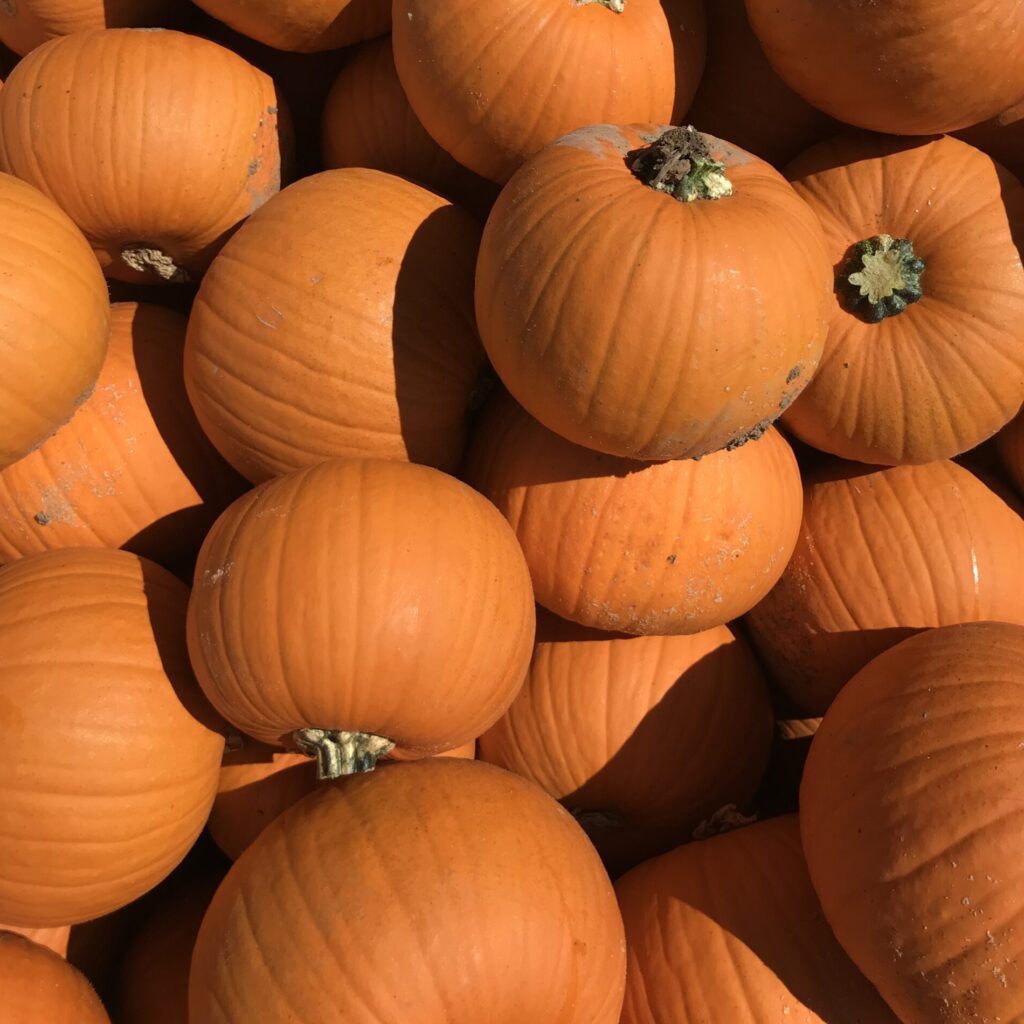
It’s officially fall! But even without seeing the note on the calendar about the fall equinox, there were some clear signs last week that fall was upon us:
It was noticeably cooler by the end of the week, meaning it was time to break out the layers that we haven’t needed for a few months.
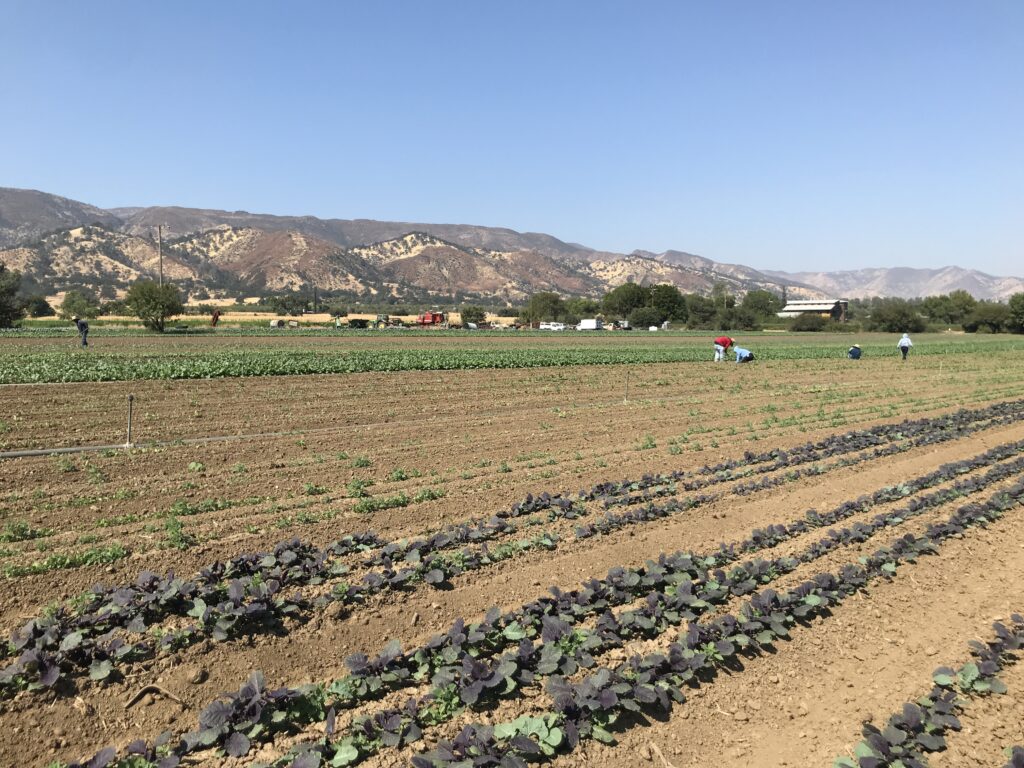
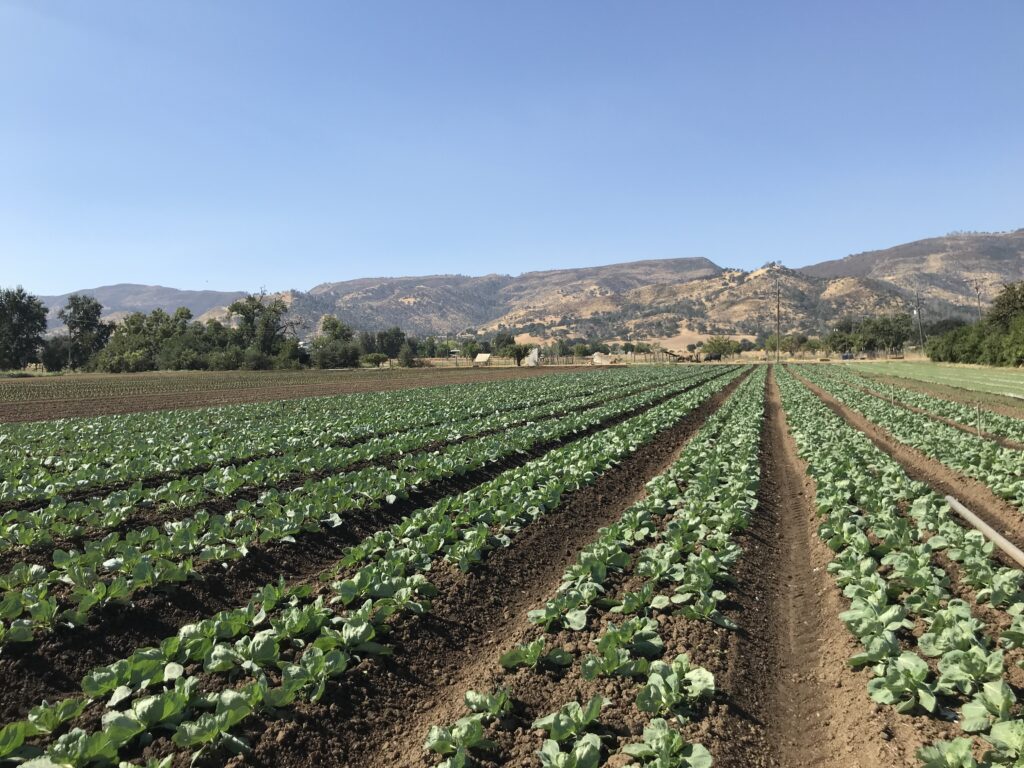
The sun is rising later and setting earlier. The fall crops have been growing at a fast clip and as sunlight decreases, light intensity decreases, and temperatures fall, they’re going to grow much more slowly. Get excited for new crops coming your way! We started harvesting our first fall greens and roots – they’ll be in CSA boxes this week and at our farmers markets. Very exciting, though it does mean that the summer crops that we still have are winding down and will be gone soon.
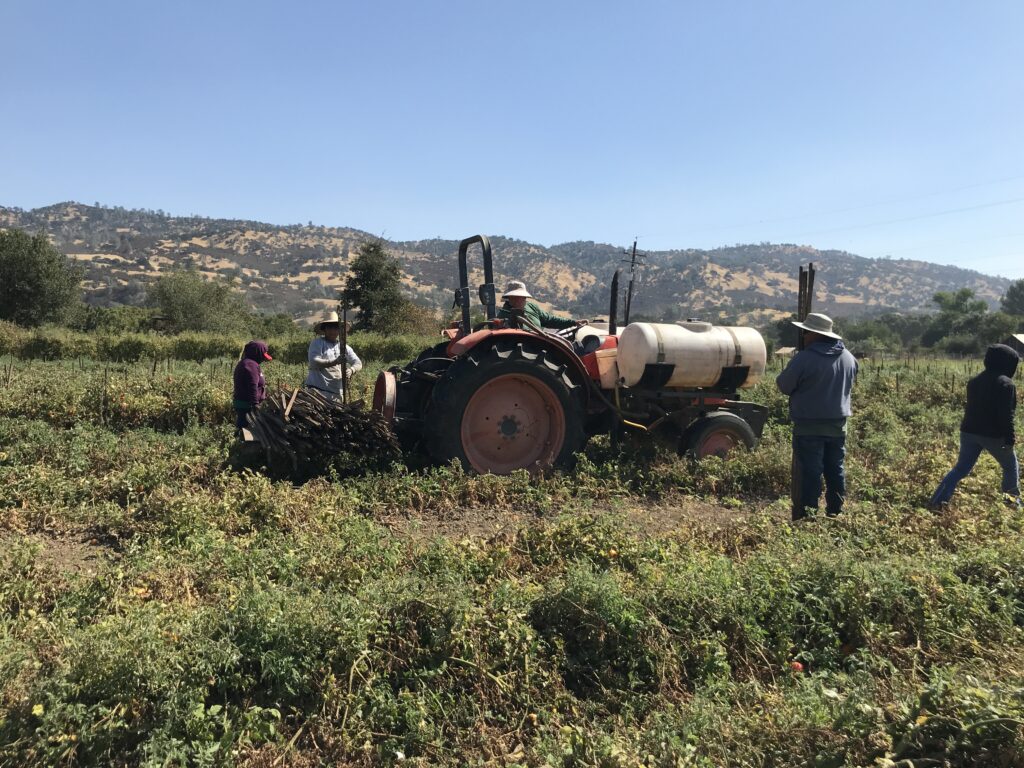
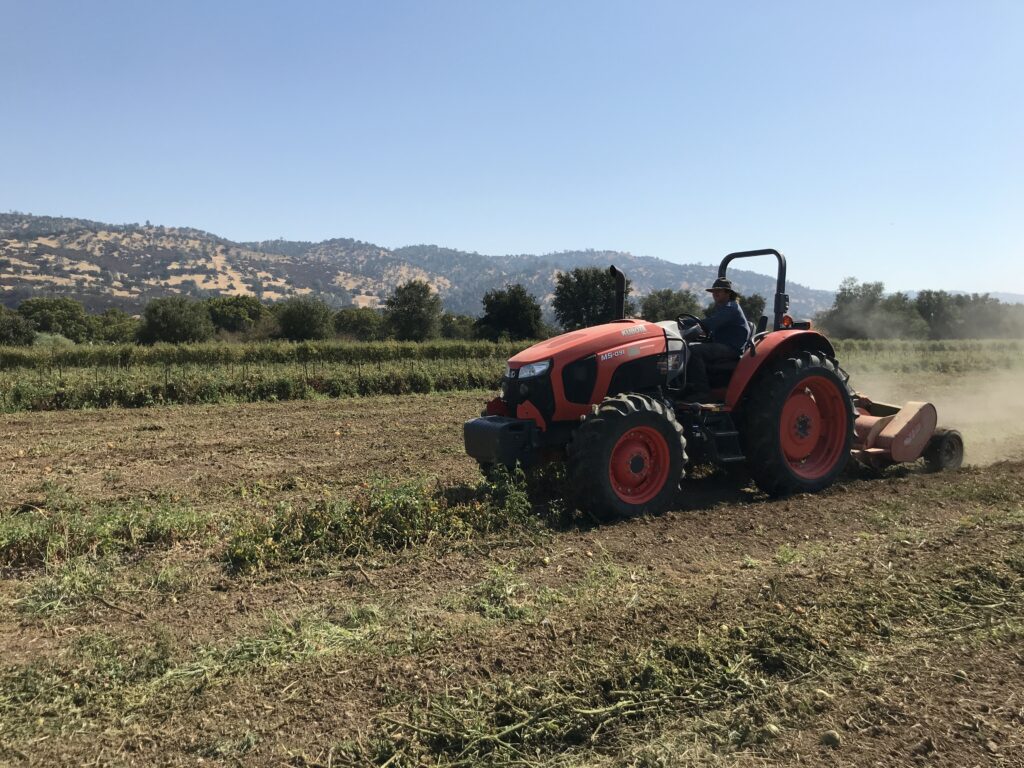
The sheep are busy munching away on former melon fields, plenty others have been mowed, and the heirloom field is all wrapped up too. Two weeks ago, the ties were cut, then last week Alfonso’s team removed the stakes from the field, and on Friday Rye went through and mowed. It’s our last week of the flower CSA season and we’ll be switching to dried flowers and wreaths soon.
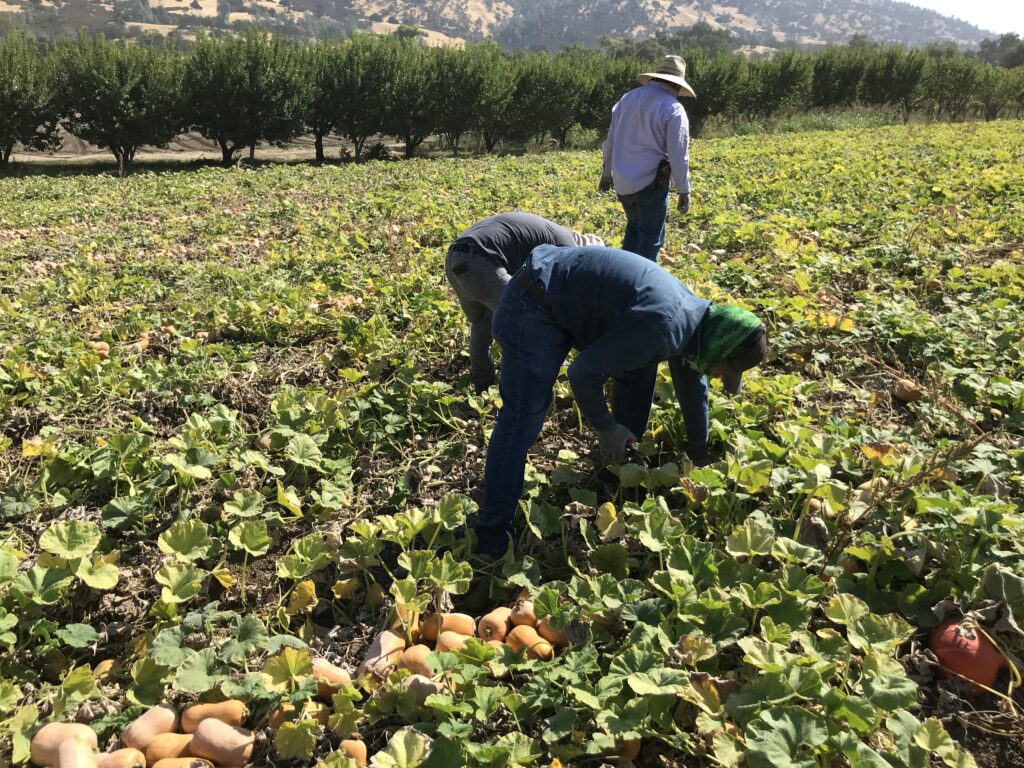

Winter squash! We actually started harvesting a few weeks ago, and we’ll be harvesting for a while longer. There aren’t any in the boxes this week, but expect to see a tasty squash some time soon! Winter squash don’t grow in the winter, they grow in the summer, just like summer squash, but grow slower and as long-time CSA members know, last long into the winter, provided that we’ve cured them correctly. Like onions, most winter squash need to be cured to store well. Curing means cutting the squash from the plant and then letting it dry out for a few days in the field before bringing it in. While out in the field, extra moisture evaporates, hardening the squash skin and concentrating sugars in the squash. It also slows down the respiration rate of the squash, which is essential for long term storage. Curing also helps heal cuts and scratches and seals the stem. The hardened skin creates a protective layer that will preserve the squash and resist rot better.
We go through a field, cut the squash from the plant, line it into rows, then after a few days in the field (the exact number depends on the temperature) we pick it up and store the squash until we’re ready to use it. We’ve already started sending some squash to stores, and we’ve started making our pumpkin tea cakes!
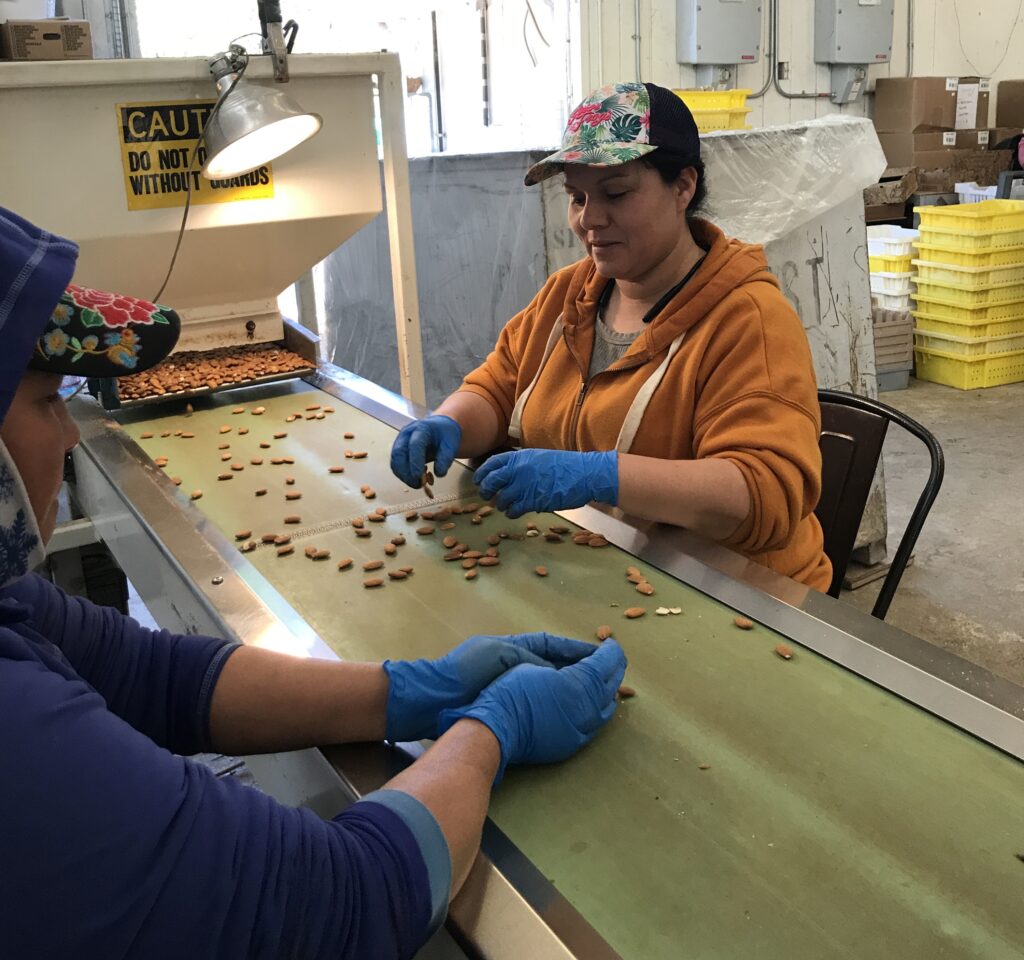
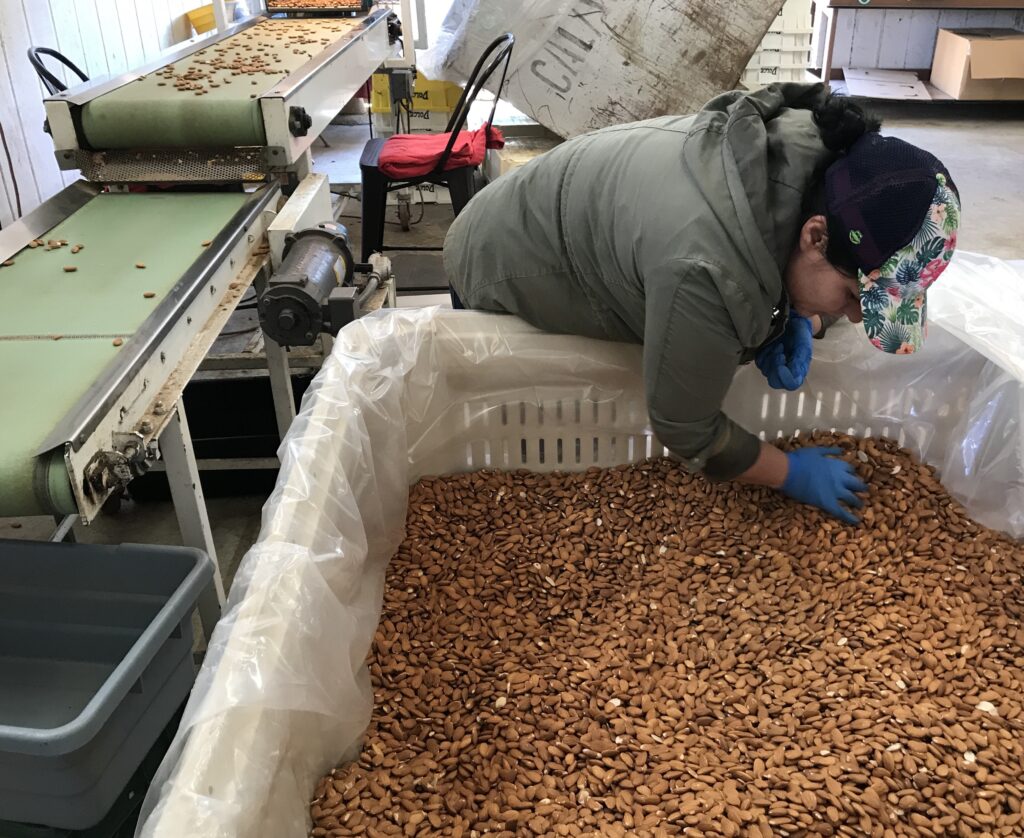
Nuts! We’ve harvested our almonds, and most come back to the farm for sorting after being dehulled and shelled (we don’t do that ourselves). The team carefully looks over the almonds as they come down the conveyor belt to remove shells or almonds with worm damage. They’ve already gone through three bins, and we appreciate their hard work! And we’re glad to have an almond crop this year after the frost in early 2022 took out last year’s crop. Walnut harvesting is up next; the tree shaker is ready to go.
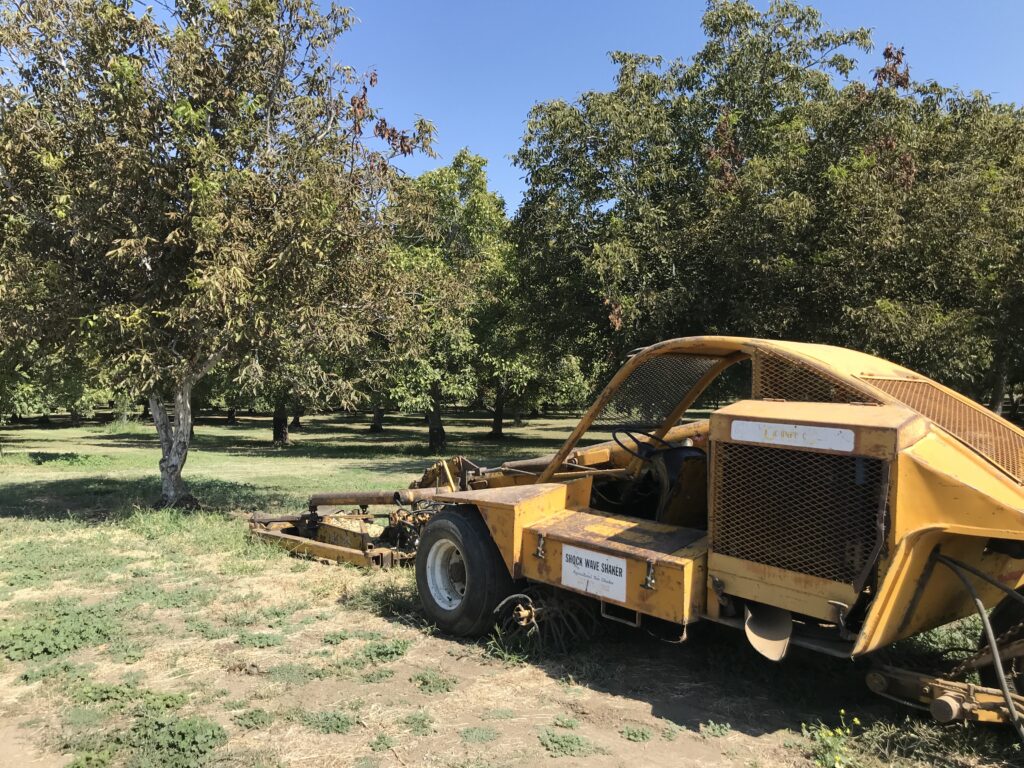
The Hoes Down Festival is right around the corner. As mentioned last week, we’ve got a lot of great things planned for Hoes Down and we’re doing plenty of prep. If you’re interested in checking it out for yourself and haven’t gotten tickets yet, don’t wait! More info and tickets here.
Clearly, there’s a lot to be excited about.
Elaine Swiedler, CSA Manager
